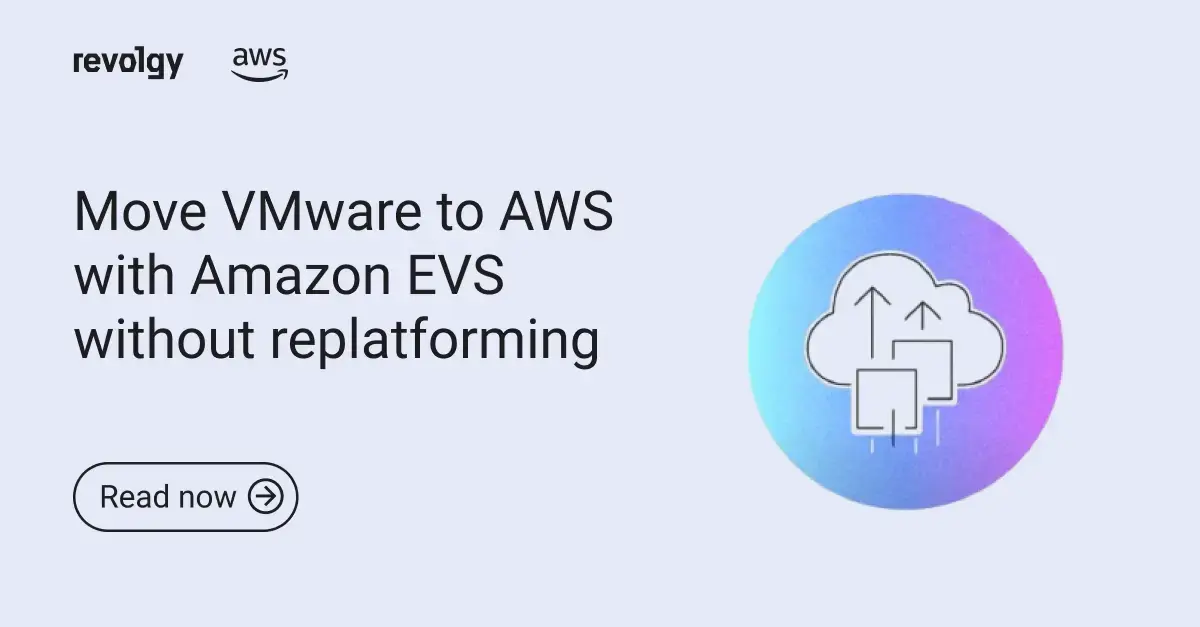AWS, Professional Services
6 common AWS Migration Strategies
Amazon as a global cloud services provider recommends six ways how to move an on-premise application to the cloud. These strategies are summarised in the image below. For each application or workload, you need to carefully consider which cloud migration strategy is the most appropriate. We always conduct an AWS Migration Readiness Assessment paired with usage of Migration Evaluator before any decisions are made.
Source: Amazon Web Services
Lift & Shift (Rehost)
In a nutshell, it means moving applications as-is from the on-premise environment to the cloud, using tools like Server Migration Service (SMS) or manual procedures. For more information on how to lift and shift, see our blog post on lift and shift.
Suitable for: Large legacy migrations, shortage of cloud technology skills.
Pros: Simpler migration process that doesn’t involve changes to the corporate business processes and faster time to market.
Cons: There is less flexibility, risk of inefficient use of cloud resources, it is difficult to extend or modify apps.
Replatform
Moving applications almost as-is, but with replacement of components to take advantage of AWS services. For example, moving a legacy application but replacing the self-hosted database with Amazon Relational Database Service (RDS).
Suitable for:Conservative migrations which require stability but want to experiment to get a little bit more benefits from AWS. This approach is also optimal for workloads that have equal lift and shift migration time as replatform migration time.
Pros: Relatively fast, requires minimal integration and testing.
Cons: Unfortunately lower ability to leverage all benefits of the cloud.
Repurchase (Moving to a different product)
Involves replacing the application entirely with new cloud services. For example, discontinuing the licence for an on-premise ERP system and starting to use the same ERP system as a service on the AWS Marketplace.
Suitable for: Projects with ending licensing model or strong foundation to change whole application
Pros: Improved ability to leverage cloud capabilities with new technologies
Cons: Change management and adopting new tools is sometimes a hard and long process. Teams have to adapt and build new processes.
Refactor / Re-architect
A complete overhaul of an application to rebuild it for a cloud-native environment.
Suitable for: Projects with a strong business value that need to add performance, scalability options or features that would not be possible on-premises.
Pros: Maximum flexibility and efficiency
Cons: The most expensive option. In many cases, it requires re-architecting and building the application or significant parts of it from scratch. Involves testing work.
Retire
Sometimes, it is good to say goodbye. This approach identifies applications that are no longer useful and can be turned off instead of migrated to AWS. This can free up some resources for other projects which fully leverage the value of the cloud.
Retain
Some applications may not be suitable or ready for migration to the cloud. You can retain them on-premises, permanently or at least at the early stages of the migration project.
After you select a strategy and begin moving applications into AWS, you’ll discover many practical challenges.
Working on a Migration project with a partner like Revolgy lets you offload a lot of the heavy-lifting work. Revolgy Professional Services and AWS-certified team keep your infrastructure in the best possible state. We’ll keep you away from surprises with well-architected and migrated apps and infrastructure. We provide Cloud Architect, Cloud Build, Cloud Migrate, workshops and reviews.
When you’re ready to make the move, contact us.
Sources:
https://aws.amazon.com/blogs/enterprise-strategy/6-strategies-for-migrating-applications-to-the-cloud/
https://aws.amazon.com/cloud-migration/

